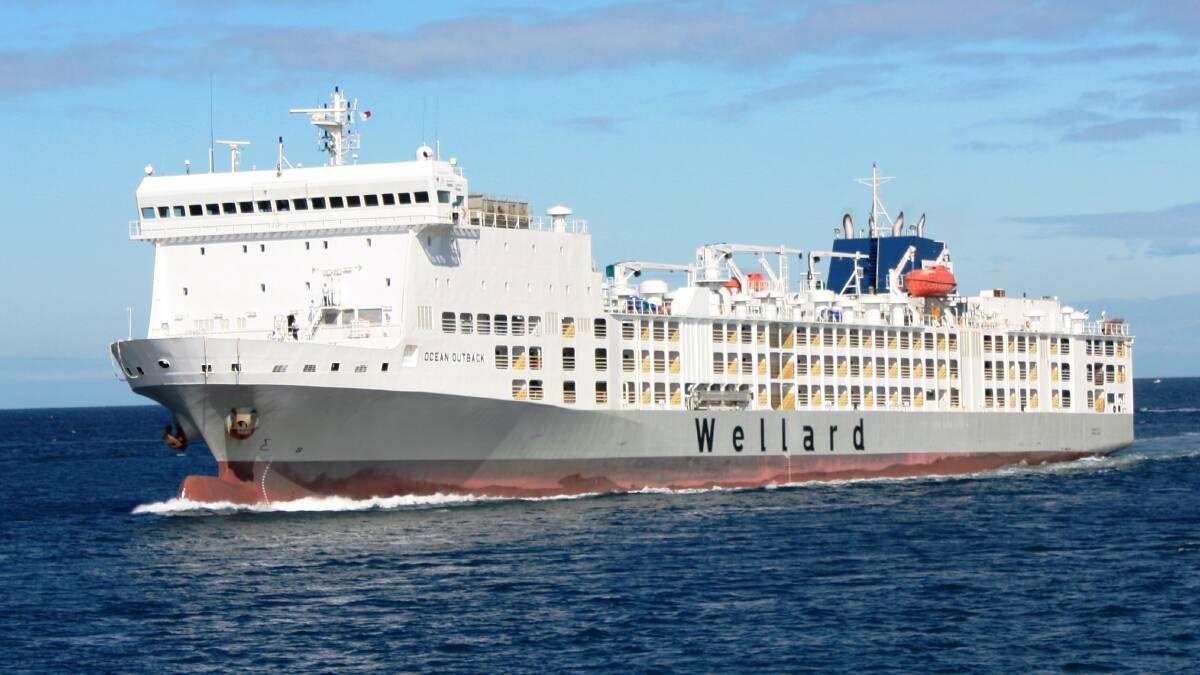
AN inability to sell all cuts as premium chilled beef has meant the live slaughter cattle trade to China has not kept pace with the rising volumes of boxed beef shipped in the wake of African Swine Fever protein shortages.
China was again the top destination for Australian beef exports in September, reaching 28,500 tonnes shipping weight for the month - its largest ever, according to the latest Meat & Livestock Australia reports. China's total shipments for the year-to-September are up 73 per cent on last year.
In stark contrast, live slaughter cattle to China is back 47pc year-to-August.
Up to a million head a year out of Australia was touted when the China feeder/slaughter protocol was signed in 2015, with the market considered particularly valuable for its ability to open live export doors to southern cattle.
Rabobank's senior animal proteins analyst for China Chenjun Pan said the initial strong interest in the live cattle business from Chinese investors meant infrastructure such as abattoirs and feedlots in close proximity had been developed quickly.
However, to date it had not been a profitable venture for those who had trialled importing live Australian slaughter cattle, she said.
"Australian cattle are not priced low enough for importers to make money," she said.
"Because protocols require the cattle be slaughtered within 14 days, importers can only take in small numbers at a time in order to sell so quickly. So there is a lack of economy of scale."
Another key issue has been the need to sell a large percentage of the carcase as fresh and chilled to obtain premiums.
"Importers had to store some cuts as frozen and by doing that they can not compete with South American frozen beef imports," Ms Pan explained.
"So the trade has been largely put on hold, at least at the moment."
While Chinese consumers were largely substituting poultry in reaction to the severe shortage in pork due to ASF, beef demand has also risen significantly. Chinese beef imports have risen by 53pc this year.
Forequarter cuts have dominated demand, Rabobank's Australia-based senior animal proteins analyst Angus Gidley-Baird said.
Those cuts are in high supply from the likes of Argentina, whose beef shipments to China have jumped 120pc this year.
While the lack of heavier slaughter cattle in Australia - the type of cattle required for the live job to China - was also an issue, the analysts agreed it was the need to achieve total carcase value driving the decline.
In contrast, Australian live cattle exports to both Indonesia and Vietnam are up 18pc.
Live exporters from Australia said while the potential of slaughter cattle to China was still very strong, complex protocols compared to other markets had proven challenging.
In times of tight supply, established partnerships also tended to receive the most attention.
The red meat sector's just-launched State of the Industry Report 2019 shows Australia remains a major player in the livestock export trade, exporting 1.1 million cattle and 1.2 million sheep, worth a combined $1.5 billion in 2018.


